I organised my stamps- it was fun- took ages- kind of theraputic and gave me time to think- moving a collection around, ordering, being with it- these things are good research or something. And the thing about the different or strange being better than the rare- interesting is better than special. Stamp Organising from Luke Thompson on Vimeo.
Conveyor Shelf
Not sure about this- I think the video doesn't show what this thing is about- I haven't got my thoughts clear enough about it for it to really make sense- but i've done it now so i'll post the video. Conveyor Shelf 1 from Luke Thompson on Vimeo.
Tony Hayward
A not very well thought out or written account of an interview. Big thanks tovery much Tony: I went to interview the educater, artist and collector Tony Hayward, among his collections that he mentioned there was: his Indian Collection- rat traps, kerosene lamps, moving toys, jugs- postcards of swiss alpine hotels, shampoo bottle tops, viewmaster slideshows, pepsi branded objects, figurines, Paul Emil paintings, flipbooks, and books about collections.
All of which seemed to be linked to his work either by being a resource to use later in his work, or as reference for his work. He talked about the spirit of the hand crafted batch produced Indian objects: 'surrounding myself with the spirit of something'. Some of his collections have become pieces of work in their own right rather than the physical material or inspiration for an artwork, the display process of his collections seems to be important despite claiming that the hunt was where the pleasure was derived from- I think this is more a result from being an artist and displaying being an intrinsic part of the process of that.
Tony also produces quite alot of books it seems- mostly containing his collections. There was one which was just nine images or so of chairs in India, these objects were recorded through photography alone, and then later published in a book. Even this seemingly insignificant collection was worthy of printing- He talked about how making books about the collections kept them going, and how he liked the 'thingyness of books' and contrasted these with websites and other display methods- I think this is nice in terms of turning a memory or record back into an object. Also the sharing and public display aspects of this is interesting- it turns a collection of objects into a piece of work, and again I think this is due to the artists need to exhibit and share.
Other things of interest: Tony described Deptford market as having strata, and how you could be opening boxes and a hit a seam of postcards that stop you in your tracks. Artifacts purchased for the Pitt Rivers being an outpost of the main collection. 'I don't really put things on display, I store them'- the collection as a bank/ store room for the collection- not living with it but visiting it. 'It's terrible I don't really look at this stuff'. 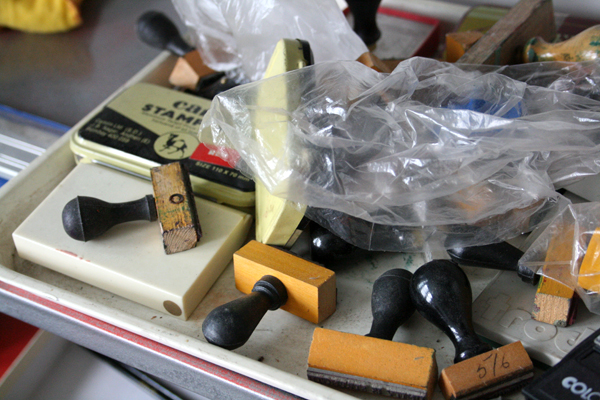
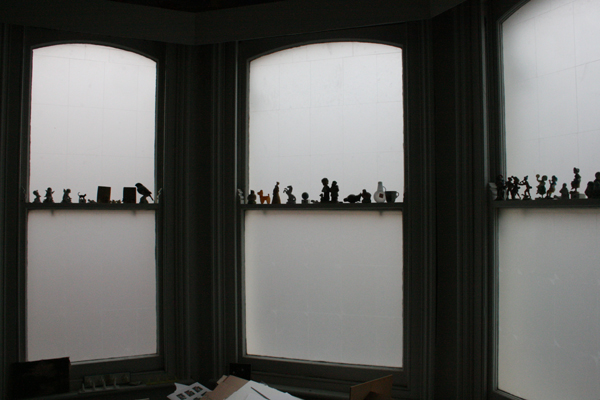
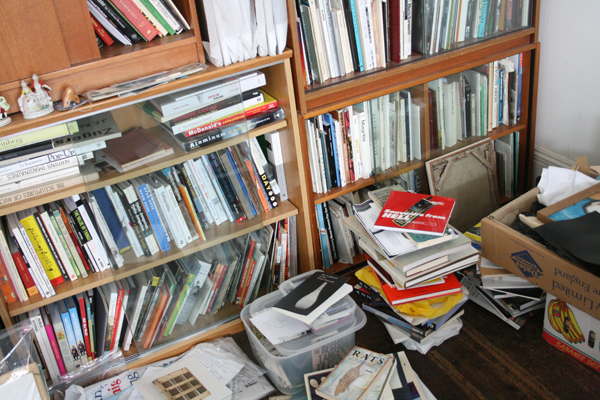
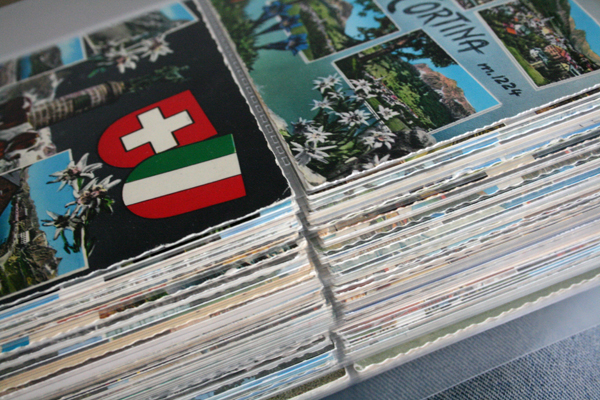

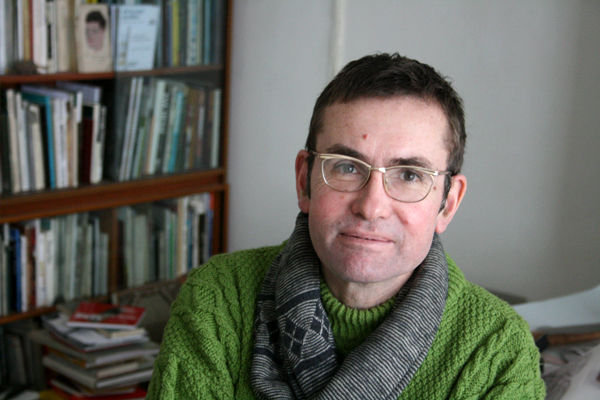
Pretty Stamps

Tutorials
I'm going to blog my two tutorials this week from the dynamic duo of Matt and Luara. Matts tutorial on Monday put me in a good mood as he said he liked my drawing about the projectors and sequential which mixed my trianspotting interview with my conveyor belts. It sprung me into looking for more collectors to talk to to help ground my project. But he also saw the potential in doing perhaps a series of outcomes (something i'm well into) which could be an illustration (loosely, I'm not going to get too prescriptive about it) of the collection process, i.e. acquisition, display and storage, or something like that. My tutorial with Laura went really well. She talked about my process, and the transitions between drawing/idea and model/physical and from that to outcome/presentation. She said that I might not need to create the things I'm drawing if the outcome wasnt actually a set of conveyor shelves (for example). I could present the outcome and design the process, which is kind of a lot of what my work is about anyway. Laura said I've really got to figure out what the point of whatever it was i was going to design was, even if it just so that I can display/ present it in the right way.
I'm now going to print out all the interviews, good drawings and good models and start to merge them slightly into groups to design around. I've also got some more focused making and stuff towards a finished 'thing'. I guess it's also encouraging that Luara was asking me what kind of outcome it was that I wanted to produce (a video, an object, graphics), and it made me happy to think that i didn't care; whatever is relevant to the project. I like that I might actually be this Goldsmiths designer and that I use only graphics as a convinient tool.
Overheard & Interviews
A write up of stuff heard at Stampex (see previous post), I once had a customer, he's dead now, but we went to auctions together. Henry was a millionaire, and I would spend three grand on the business and he would spend thirty on his personal collection, & I asked him what was the best bit for him? Was it finding the right stamp at the right price, or just the right stamp, or putting it in the album or looking at it. He said the best bit was crossing it of his list.
Animals? Birds? Eagles? Bald Eagles? Do you have any?
Collecting is an opiate, it charms and gets in your blood & you're finished.
The stranger things are more interesting, when compared to the rarer stamps. All you can say about them is, well they're rare. At least the stranger ones are interesting.
Many wise people collect the envelopes- single stamps are intrinsically worthless bits of paper, but the envelope gives the use and history of the stamp.
It's in your hand one moment and then you don't know where then into the person you sent it to.
It's all National Trust bags, F1 T-shirts, Insignias, Beards & Boxes (me).
Stampex
I went to the Business Design Centre for Stampex, the British National Stamp Exhibition. So many stamps. So many old men. Didn't manage to get quite the interview material I had hoped for but once I'd decided to treat it as an observation thing and as research it was great. The catagorisation of stuff was mental. A map led to a stand which declared itself as 'specialist in Maritime Stamps and Postal History' and then this had a catalogue which referred you to a box or album, which was split into price, or country, or date, or whatever and then the stamp was presented often with it's own label underneath it within these. The tools element was also present: tweezers, magnifying tools, and shoulder bags for albums. The stamp with the tiger on it shown here I like, as it shows how the collector gets these special contexts which the regular user or reciever wouldn't. 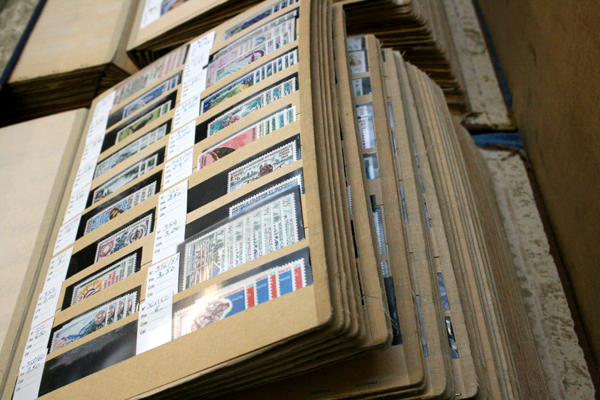
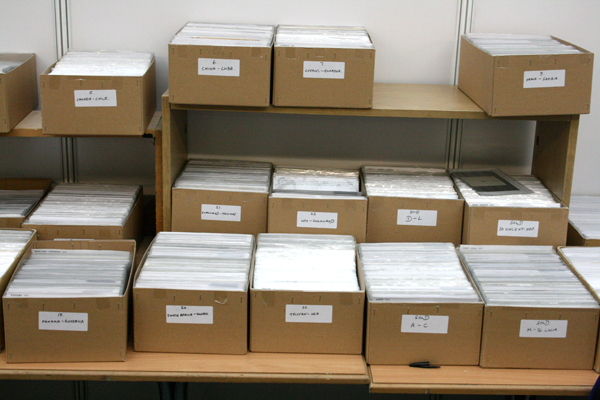
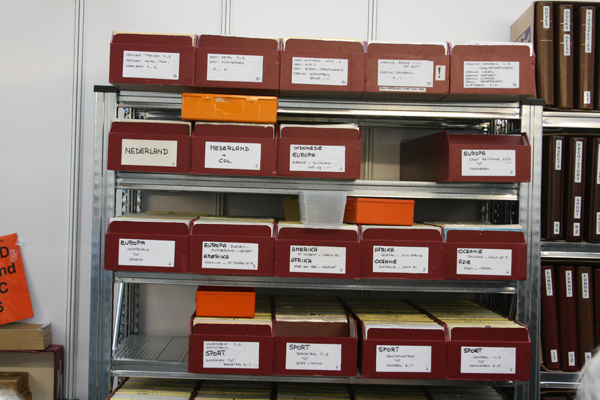
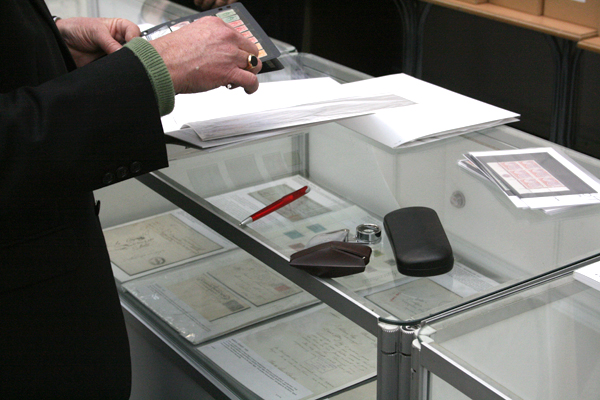
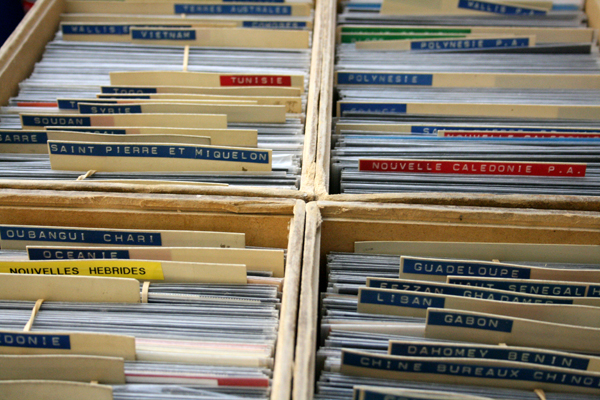
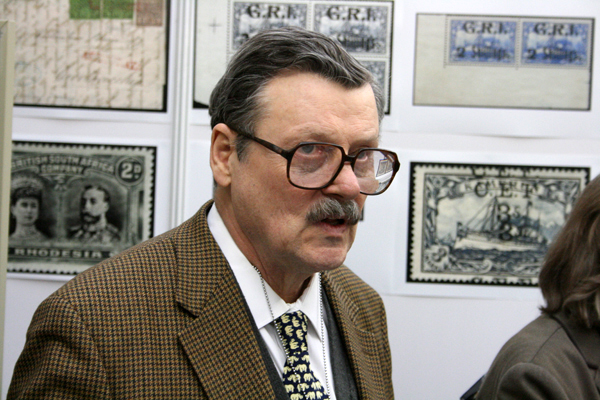
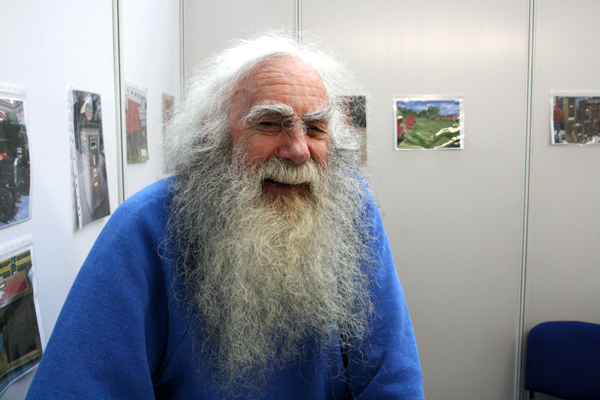
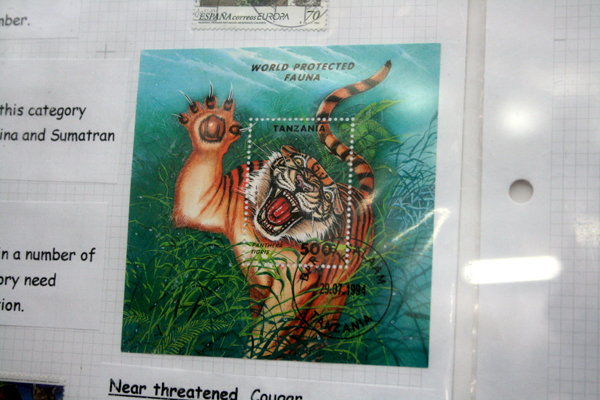
Trainspotting
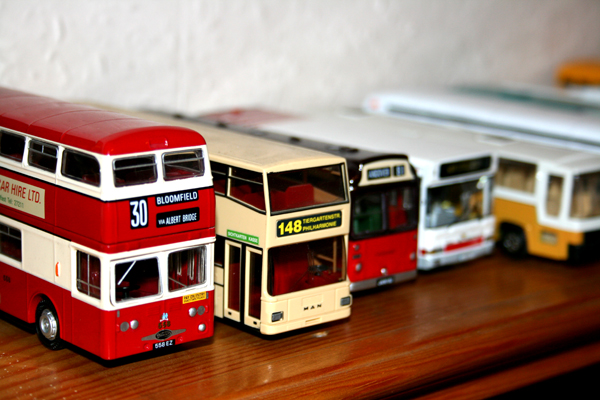
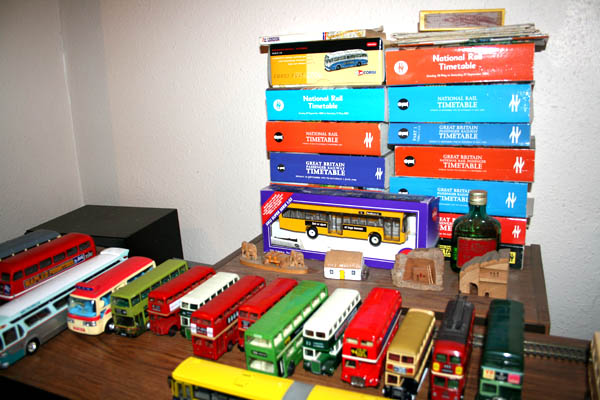
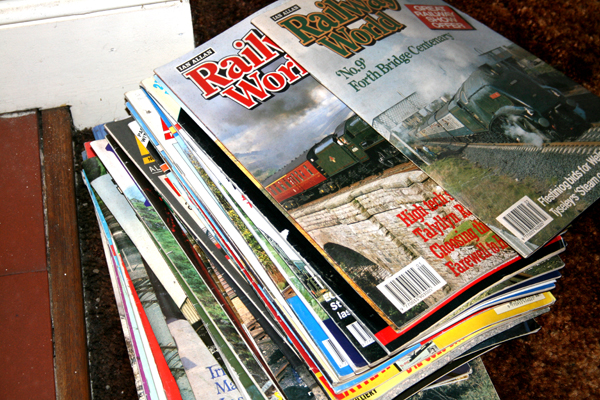
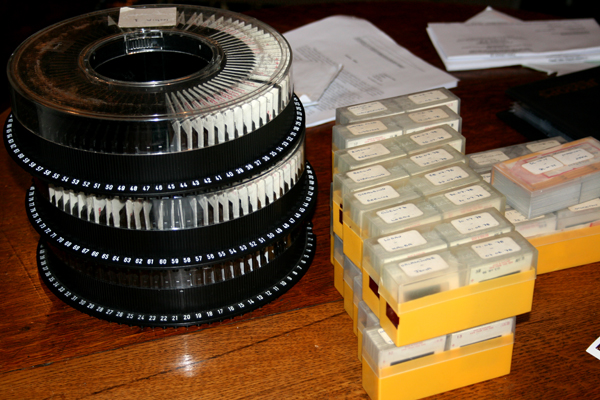
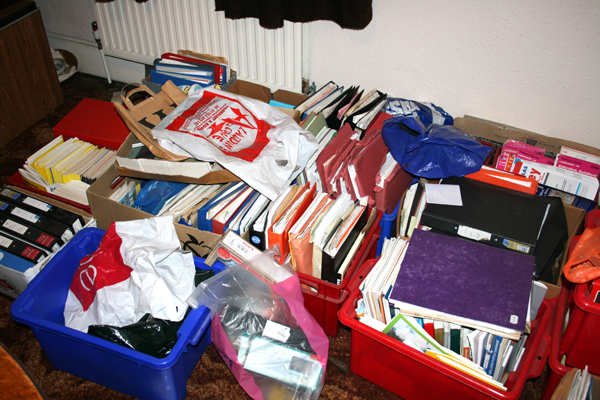 I conducted an interview with an avid transport collector at the weekend. His main interest was in taking slides of steam trains. For this hobby he travelled all over the world with friends and alone to acquire images. After 40 years of collecting he speculated that there were approximately 15-20 thousand images in his collection. He spoke about how slides were his preferred medium as they allowed for simultaneously display within the social group of the trainspotter. He meets up with 4 friends every year and each displays the slides taken 30 years ago and also those taken last year. He spoke about how in the desired image for the collection was one of combined quality between locomotion and location. In pursuit of new acquisitions he was arrested twice in communist East Germany (when the Berlin Wall was still up). On trying to rationalise the Why? of the collection he spoke about wanting to capture the memory of an experience and then to be able to share this. This memory of an experience led to comfort and satisfaction and he talked about the pleasure derived from a tangible record.
My Conclusions:
I conducted an interview with an avid transport collector at the weekend. His main interest was in taking slides of steam trains. For this hobby he travelled all over the world with friends and alone to acquire images. After 40 years of collecting he speculated that there were approximately 15-20 thousand images in his collection. He spoke about how slides were his preferred medium as they allowed for simultaneously display within the social group of the trainspotter. He meets up with 4 friends every year and each displays the slides taken 30 years ago and also those taken last year. He spoke about how in the desired image for the collection was one of combined quality between locomotion and location. In pursuit of new acquisitions he was arrested twice in communist East Germany (when the Berlin Wall was still up). On trying to rationalise the Why? of the collection he spoke about wanting to capture the memory of an experience and then to be able to share this. This memory of an experience led to comfort and satisfaction and he talked about the pleasure derived from a tangible record.
My Conclusions:
Collection & Context.
Continual process and movement.
Tangible, physical, tactile objects of memories and experiences.
Shared experience of display.
Predictable, repetition, control.